「Far Away, So Close」インド国立デザイン大学 (NID) との写真プロジェクトFar Away, So Close: Photography Project with the National Institute of Design in India
June 14, 2017
基本情報
研修者:先端芸術表現科 教員と大学院修士課程・博士課程 合計5名
研修先:インド(西部グジャラート州アーメダバード・ガンディナガール)
研修期間:2016年9月24日 – 10月1日
海外研修の成果
美術学部先端芸術表現科の学生たちは、絵画、写真、映像、音楽、文芸、身体パフォーマンス、インスタレーションなど、これまでの美術の区分けにとらわれない様々なメディアを使った表現を学んでいます。今回はその中でも写真や映像を中心に扱う鈴木理策研究室の大学院生・博士課程5名と教員が、インド国立デザイン大学院(National Institute of Design: NID) ガンディナガール校を訪れ、写真デザイン科で学ぶ大学院生15名とそれぞれの教員とともに、お互いの制作過程や制作活動に新しい視座をもたらすことを目指して、交流プロジェクトを行いました。
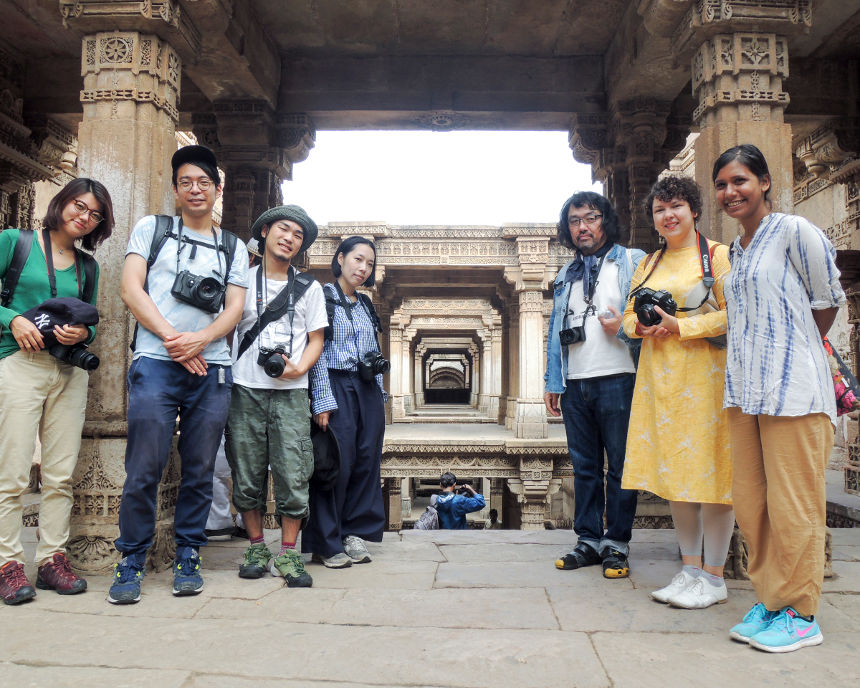
交流プロジェクト初日は、藝大とNIDの参加学生が、英語で自分の作品についてのプレゼンテーションを行うことから始めました。社会的・文化的背景が異なる環境の中で初めて出会う相手に向けて自分の考えや作品について説明し、また相手の考えに耳を傾けるのは、大変貴重な機会となりました。英語を学内の共通語としているNIDの学生とは対照的に、藝大の学生たちには英語力の不足からコミュニケーションの難しさを改めて実感する様子も見受けられました。

二日目からは藝大とNIDの混成チームによるグループワークが始まりました。それぞれ3-4人のグループごとにインドと日本の写真家1名ずつの合計2名が割り当てられ、それぞれの写真家について調べ、相互に解説し合いながら、特徴、共通点、相違点について意見を交換しました。相手に理解してもらうためには、自分の言葉で、その写真家について考察することが求められます。リサーチや意見交換を通して、接点がないはずの日本とインドの写真家同士に共通点が見出されるなど、それぞれの写真家を新しい観点でとらえる機会となりました。

また授業の合間には、隣接するアーメダバード市内の建築物をめぐるウォーキングツアーに参加し、ムスリム寺院のJumma Masjidや、インド建国の父と呼ばれるガンディーの暮らした修道院などを訪れました。
また本学先端芸術表現科の教員による「日本写真史」の特別講義や、アーティスト・プレゼンテーションには、たくさんの学生や教員が集まりました。
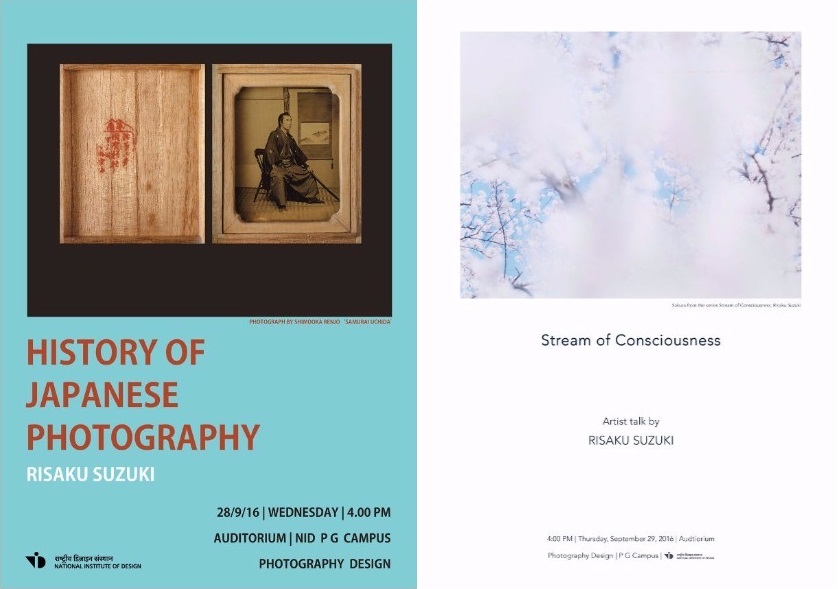
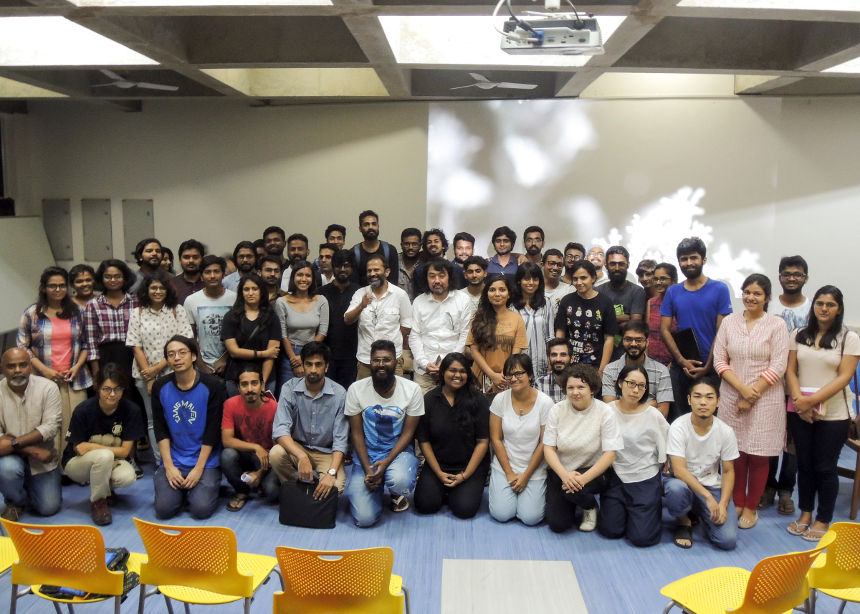
交流プロジェクトの佳境では、「肖像写真」をテーマに、藝大とNIDの学生・教員がペアを組んでそれぞれのポートレートを撮影しました。撮影の際には、被写体となる人にその人が大切だと思う「誰か」のことを思い浮かべてもらいました。各ペアは事前にそれぞれのポートレート写真をどうやって創り上げるかを話し合い、大切な人は誰か、場所、服装、ポーズはどうするのがよいのかなどを相談しました。そして撮影されたものの中から選ばれた最終プリントに、写された人が、そのとき想っていた「誰か」への手紙を書いて、作品を完成させました。
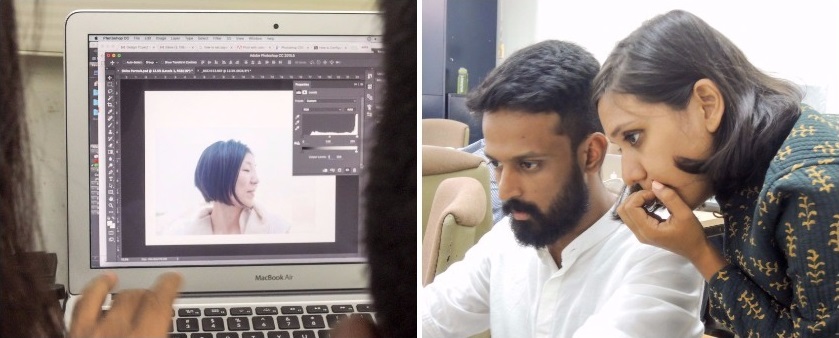
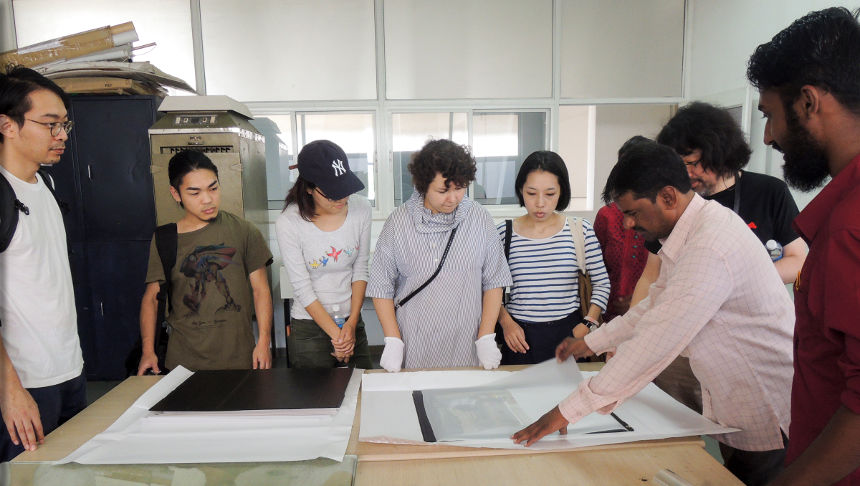
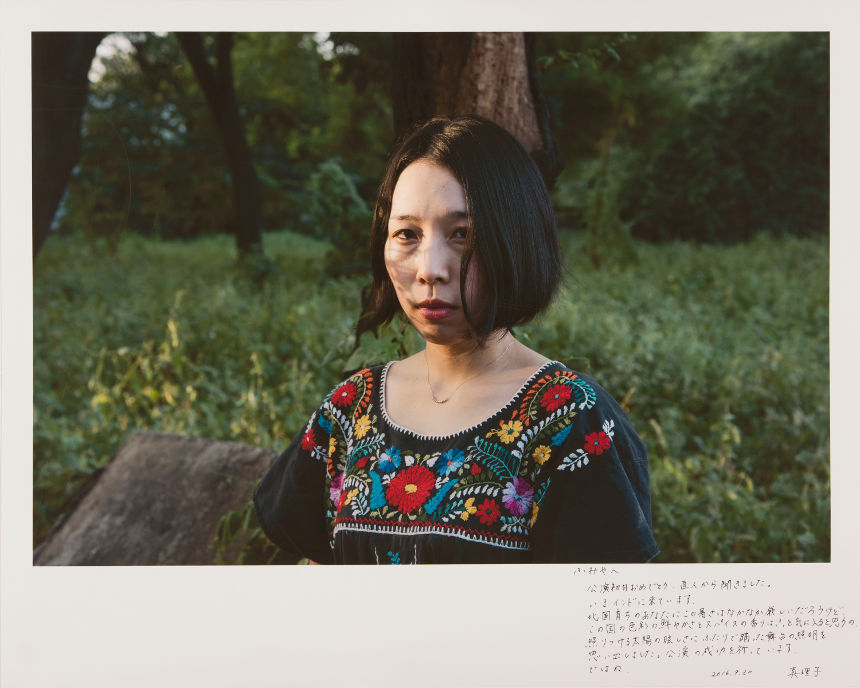

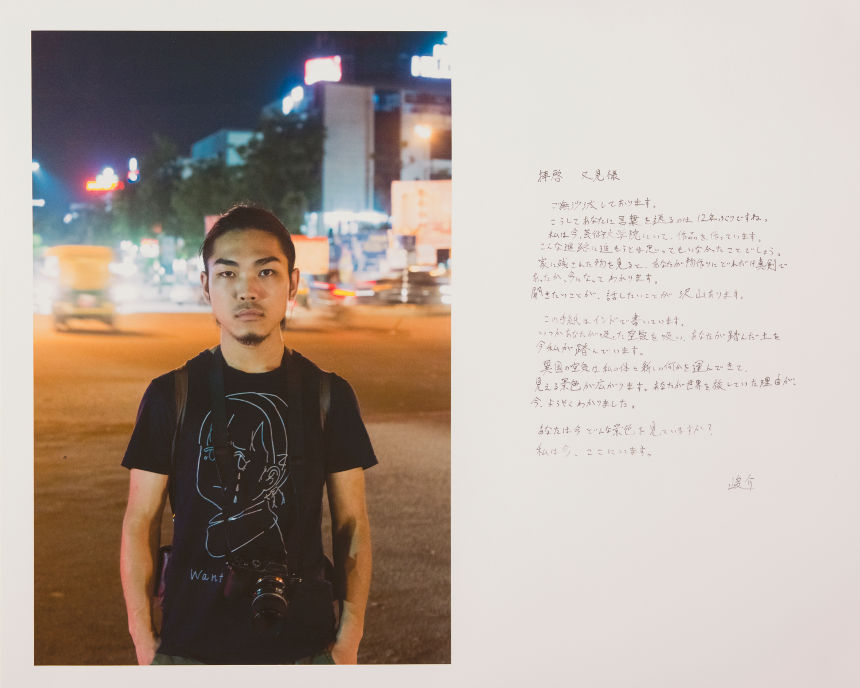
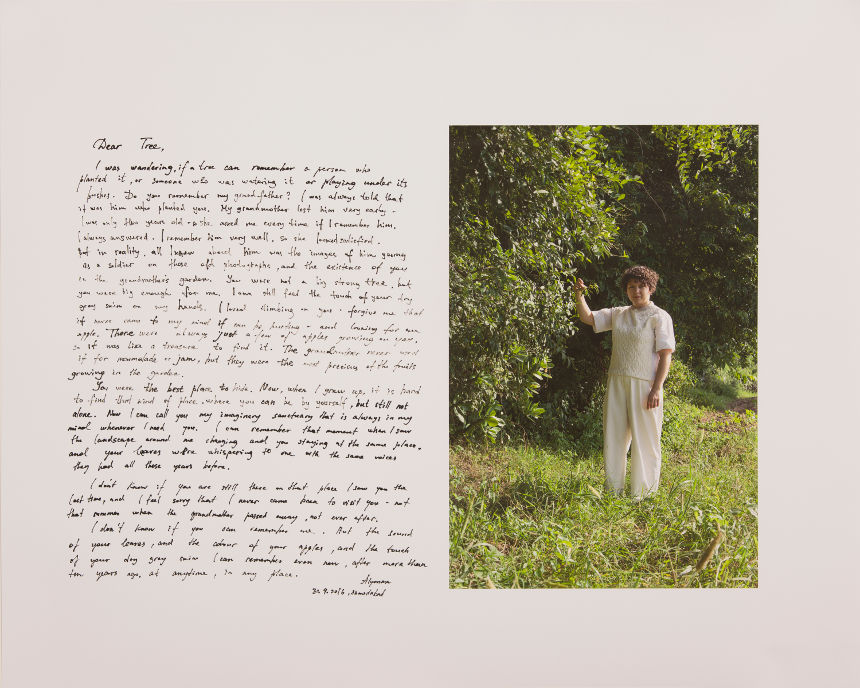
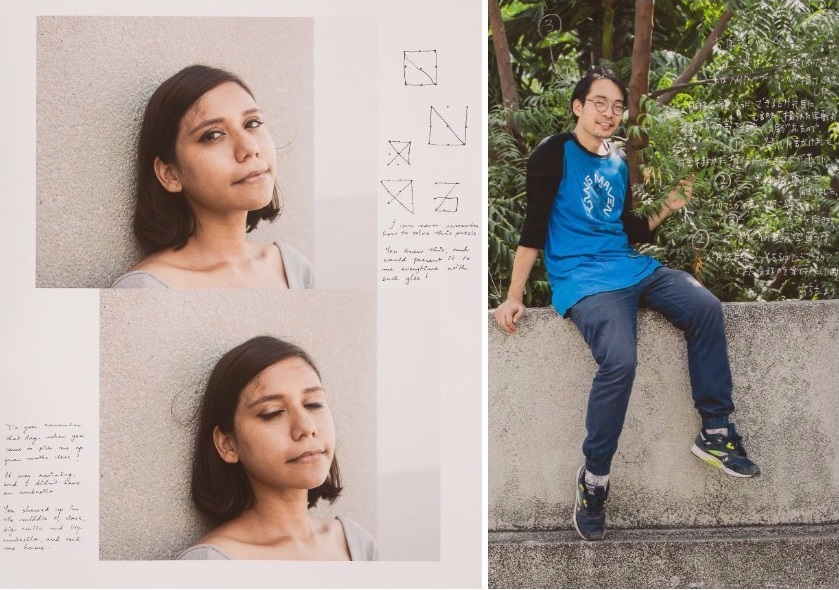
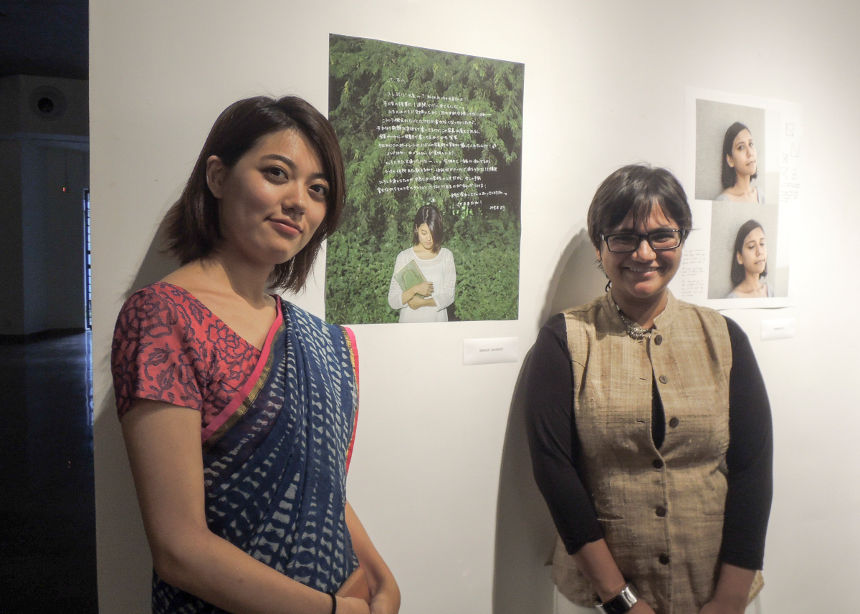
この共同制作プロジェクトでは、「撮る人」「写される人」「想われる人」が、距離や時間を超えて気持ちの上でつながること、またそれらの写真を「見る人」が、その輪の中に手をつなぐように参加できることを目指しました。学生・教員22名による22枚のポートレートは、Far Away, So Close (遠く、とても近く)と題され、両国の教員たちの講評を経て、成果展示として発表されました。展覧会にはNID学長や学部長も含め、多くの来場者が訪れました。また展覧会図録を現地にて印刷・製本し、今回の交流プロジェクトの最終成果としました。
交流プロジェクト全体を振り返ってみると、NIDでは表現を社会的な活動としてとらえ、社会における必要性や訴求力を目指す教育を行っている印象を受けました。このことは藝大の参加学生にとって、異なる価値観として感じられたようです。日常とは大きく異なる環境で協働制作を行った経験を通して、個人が目指す表現について改めて見つめ直す、良い機会となったようです。語学力の必要性を実感したという声も多くあり、より具体的な目標へとつなげる、大変意義深い機会となりました。
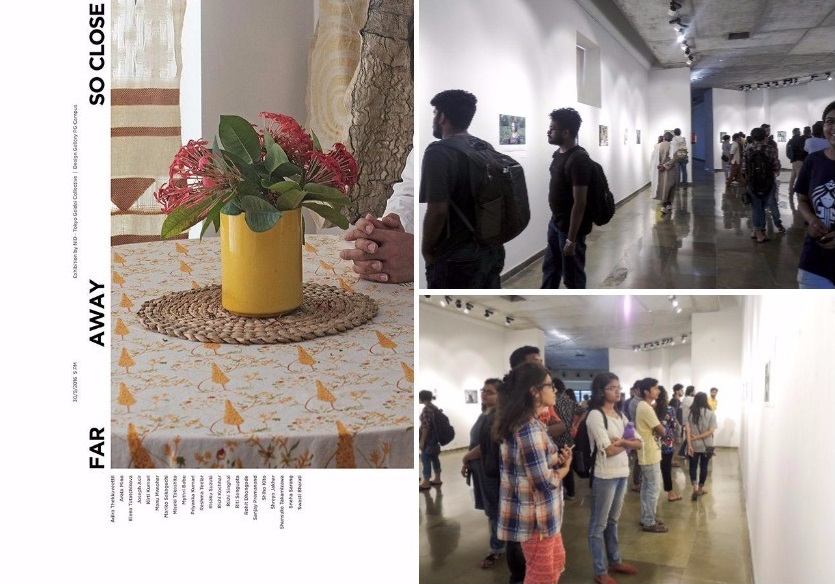
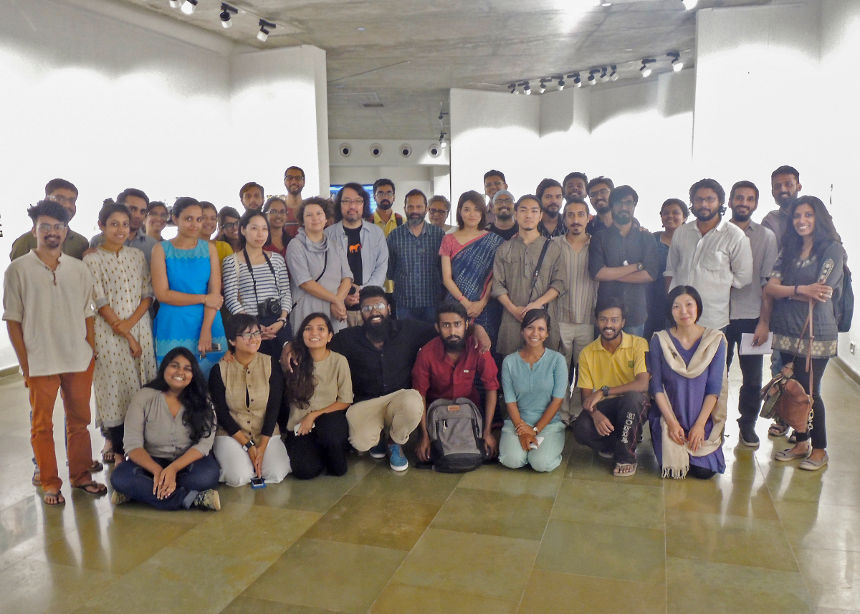
Basic Information
Participants: Five master’s and doctoral students in Inter-Media Art
Location: Gandhinagar and Ahmedabad, State of Gujarat, India
Period: September 24-October 1, 2016
Achievements
Students at the Department of Inter-Media Art in the Faculty of Fine Arts, Tokyo University of the Arts (TUA), are encouraged to practice beyond existing fields of art, using different media including but not limited to painting, photography, film and video, music, literature, performance, and installation. In this collaborative project, five graduate students accompanied by Prof. Risaku Suzuki and a teaching member of his laboratory that primarily deals with lens-based media, visited the Post Graduate Campus of National Institute of Design (NID) in Gandhinagar. They worked together with fifteen NID graduate students and faculty from the Department of Photography Design with the aim of bringing a new perspective into their thought process and practices.

The collaborative project started with introductions by the participating students from the two institutions. It served as a valuable opportunity for them to give and listen to speeches which reflected socio-cultural diversity of respective participants. In contrast to NID students who were used to speaking English as the common language of communication on campus, some TUA students were seemingly struggling with communication in English.

On the second day onwards, the participating students formed small groups of three or four to work together on research. Each group was assigned two photographers, one from Japan and the other from India. The group members studied and explained mutually about the assigned photographers, and discussed the characteristics, differences, and similarities between the research targets. In this process, the students were expected to consider and explain the assigned photographers with their own words so that they could have others understand their ideas. This experience allowed them to find some commonalities between and acquire a new perspective about the two photographers, who were believed to have no contact with each other.

When there were no classes, the TUA members joined a guided walking tour in the city of Ahmedabad to visit historical buildings such as the Jumma Masjid mosque. They also visited the Sabarmati Ashram, where Mahatma Gandhi, so-called the “Father of the Nation”, spent some of his life.
Furthermore, Prof. Suzuki offered an artist talk as well as a special lecture titled History of Japanese Photography, which was attended by many local students and faculty members.


As the collaborative project reached the phase of actual production, the students and faculty members of TUA and NID started working in pairs on portrait photography. During the photographic session, the person who was photographed, the sitter, was asked to think of someone he or she cherished. Before the shooting, each pair discussed how they should collaborate in making the portrait, including the topics of who they cherish, shooting locations, costumes, and poses. The sitter was later asked to write a letter on the final print of his/her portrait addressed to the person who he or she thought of while being photographed.








This collaborative project aimed to connect the sitter, the photographer, and the person in the sitter’s mind beyond time and space through the portrait and hand-written text. It also aimed to welcome the viewers of the portrait to the small circle of friends as if the four parties held hands together. The series of twenty-two portraits by students and faculty was named Far Away, So Close. Following the review by the faculty members of TUA and NID, it was presented in the form of an exhibition, which was visited by a large number of people including the Director and the Dean of NID. The catalog of the Far Away, So Close exhibition was printed in India as another outcome of the project.
Looking back on the entire project, it seemed that NID aims to train students who can produce works that are relevant to and required by society. Likewise, NID students chiefly associated their works with social causes or issues, which TUA students found different from their own creative approaches. The collaborative project encouraged the TUA students to step out of their comfort zone and reflect on their art practices and goals. At the same time, it served as a meaningful opportunity for them to identify their personal challenges such as the improvement of English communication skills.




